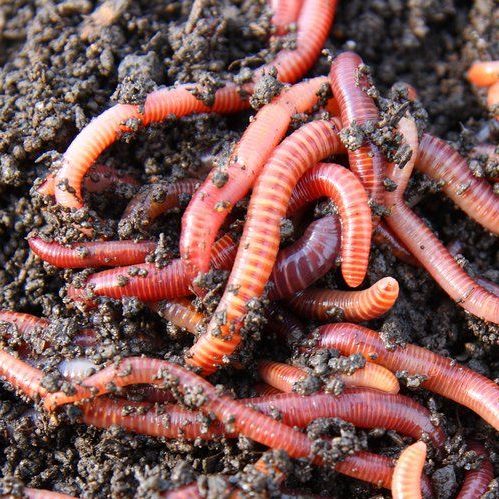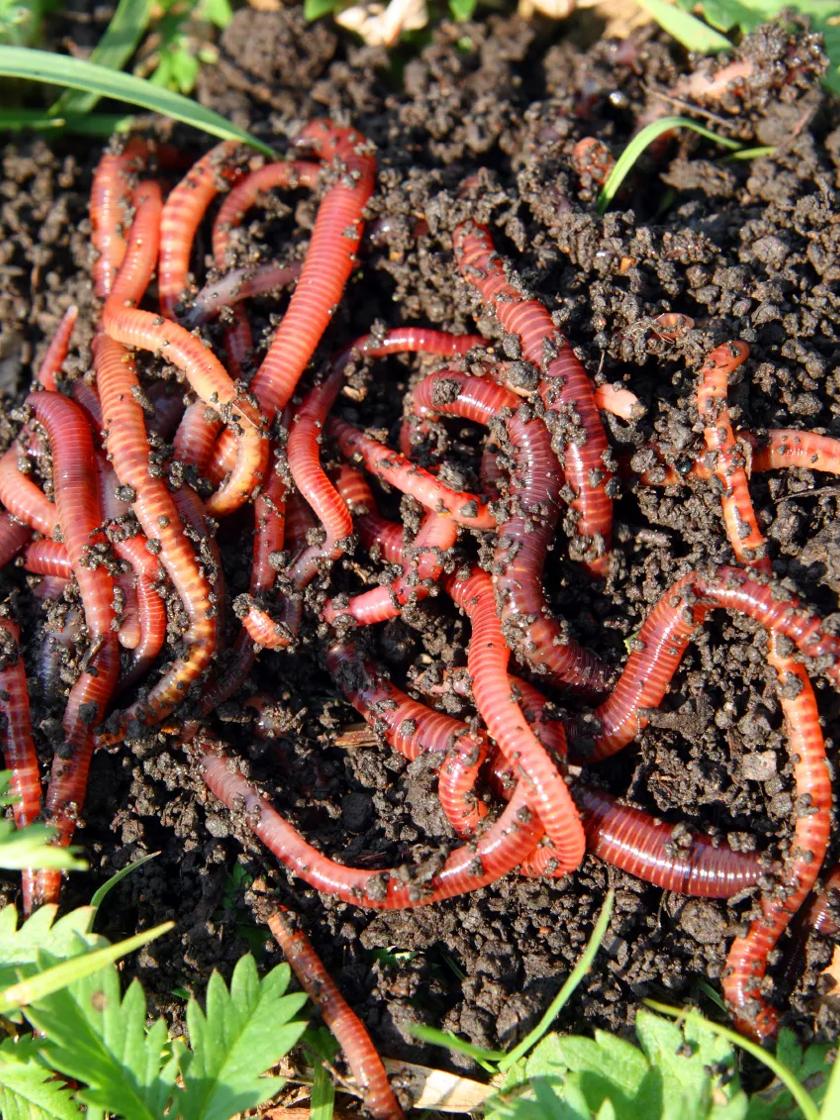Get Your Lawn in Top Shape with the Help of Lake Hickory Bait Grass Care Solutions
Get Your Lawn in Top Shape with the Help of Lake Hickory Bait Grass Care Solutions
Blog Article
Unlock the Secrets of Red Wigglers: Your Guide to Composting Success
The assimilation of red wigglers right into composting methods presents a significant possibility for improving dirt health and advertising sustainability. Recognizing their requirements and behaviors is crucial for maximizing their possibility, from setting up an appropriate worm container to feeding them the ideal materials.

What Are Red Wigglers?
(Lake Rhodhiss Bait)Red wigglers, scientifically referred to as Eisenia fetida, are a varieties of earthworm mostly used in composting due to their impressive capability to decompose natural matter efficiently. These worms are identified by their reddish-brown coloration and a fractional body, normally measuring in between 3 to 4 inches in length. Unlike various other earthworm types, red wigglers thrive in abundant, organic atmospheres, making them perfect for vermicomposting systems.
Indigenous to North America, they are often discovered in decaying fallen leaves and compost heap, where they play a crucial duty in nutrient recycling. Their adaptation to residing in a wet, cardiovascular setting enables them to take in large quantities of natural waste, simplifying into nutrient-rich spreadings that enhance dirt wellness.
Red wigglers duplicate rapidly, with a single worm capable of creating a number of cocoons each week, each including multiple hatchlings. Understanding the biology and habits of red wigglers is crucial for maximizing their potential in composting applications.
Benefits of Utilizing Red Wigglers
Taking advantage of the power of red wigglers in composting offers many benefits that enhance soil health and wellness and advertise lasting waste management. These impressive organisms effectively break down natural matter, changing cooking area scraps and lawn waste into nutrient-rich vermicompost. This ended up item is remarkably valuable for plant growth, as it enhances soil structure, enhances wetness retention, and enhances nutrition accessibility.

(Red Wiggler Express)Furthermore, the presence of red wigglers in your composting system can increase the composting procedure, generating top quality garden compost in a portion of the moment compared to standard approaches. The spreadings produced by these worms are additionally including valuable bacteria that further improve the soil environment.
Establishing Up Your Worm Container
Producing a reliable worm container is a simple process that can substantially boost your composting efforts. The initial step is choosing an ideal container. Worm bins can be made from plastic storage containers, wooden boxes, or commercially offered worm bins. Guarantee the bin has ample drainage and air flow openings to maintain ideal dampness levels and air flow.
Following, prepare the bed linens product, which functions as the worms' environment. A mix of shredded paper, cardboard, and coconut coir functions well, supplying a comfy environment for the worms. Go for a bed linen deepness of about 4-6 inches. Moisten the bedding lightly, guaranteeing it resembles a damp sponge without excess water merging at the base.

Feeding Your Red Wigglers
To make sure the health and wellness and performance of your red wigglers, it is vital to provide them with a balanced diet regimen that satisfies their dietary requirements. Red wigglers flourish on a diverse array of organic products, which not only supply essential nutrients yet also advertise effective composting.
Start by integrating kitchen area scraps such as vegetable peels, fruit cores, and coffee premises. Prevent citrus fruits, onions, and garlic, as these can be destructive to worm health. Furthermore, present shredded paper, cardboard, and dry fallen leaves to develop a well-aerated environment.
Feeding regularity must be kept an eye on; generally, worms can consume half their body weight in food weekly. It is essential to avoid overfeeding, as excess food can cause undesirable odors and attract bugs. A great practice is to include food in little amounts, enabling worms to process it prior to introducing more.
Preserving dampness levels is likewise vital; the bedding needs to perspire but not soggy. Lastly, be sure to consistently check the temperature level and pH degrees of the container to make sure an ideal environment for your red wigglers, ultimately enhancing their composting efficiency.
Harvesting and Utilizing Compost
A successful composting procedure with red wigglers finishes in the rich, dark compost referred to as vermicompost, which can dramatically improve dirt health and wellness and plant growth. Gathering this nutrient-dense material usually takes place every three to 6 months, depending upon the dimension of your system and the amount of raw material being refined.
To collect, carefully different the compost from the worms and any type of undecomposed materials. One effective approach includes moving the contents of the bin to one side and including fresh bed linen and food to the void, encouraging the worms to migrate. After a couple of days, the compost can be accumulated from the opposite side.
It is necessary to use vermicompost properly to maximize its benefits. By incorporating vermicompost right into your gardening regimen, you not only reuse natural waste but likewise develop a growing environment that supports sustainable horticulture practices.
Final Thought
In recap, red wigglers act as extraordinary allies in composting efforts, transforming natural waste into nutrient-rich vermicompost (Red Wiggler Express). Their special organic characteristics and effective waste processing capacities contribute significantly to sustainable horticulture methods. By recognizing the ideal conditions for their environment, feeding needs, and compost look at here harvesting techniques, garden enthusiasts can enhance dirt health and wellness and promote plant vitality. Embracing vermicomposting not just reduces land fill waste yet likewise promotes a much more ecologically accountable method to gardening and resource monitoring.
Report this page